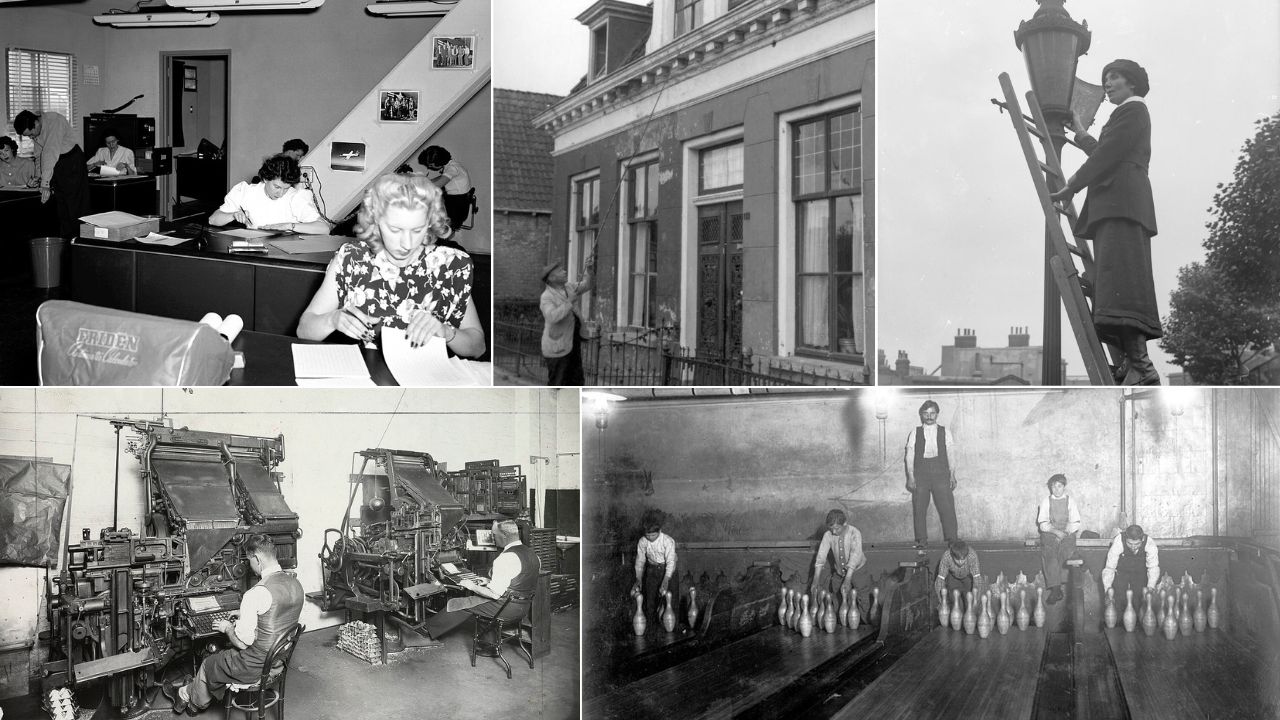Places carry memory, but memory yields to pressure. War scars, budget shortfalls, and land deals can shrink a landmark to rubble in a season. Preservation often arrives late, after scaffolds and wrecking balls have done their work. What remains are photos, floor plans, and the ache of what might have been. This gallery looks at why these buildings fell, what replaced them, and how each decision rewrote a block, a skyline, and sometimes the rules that now guard what is left.
Pennsylvania Station, New York
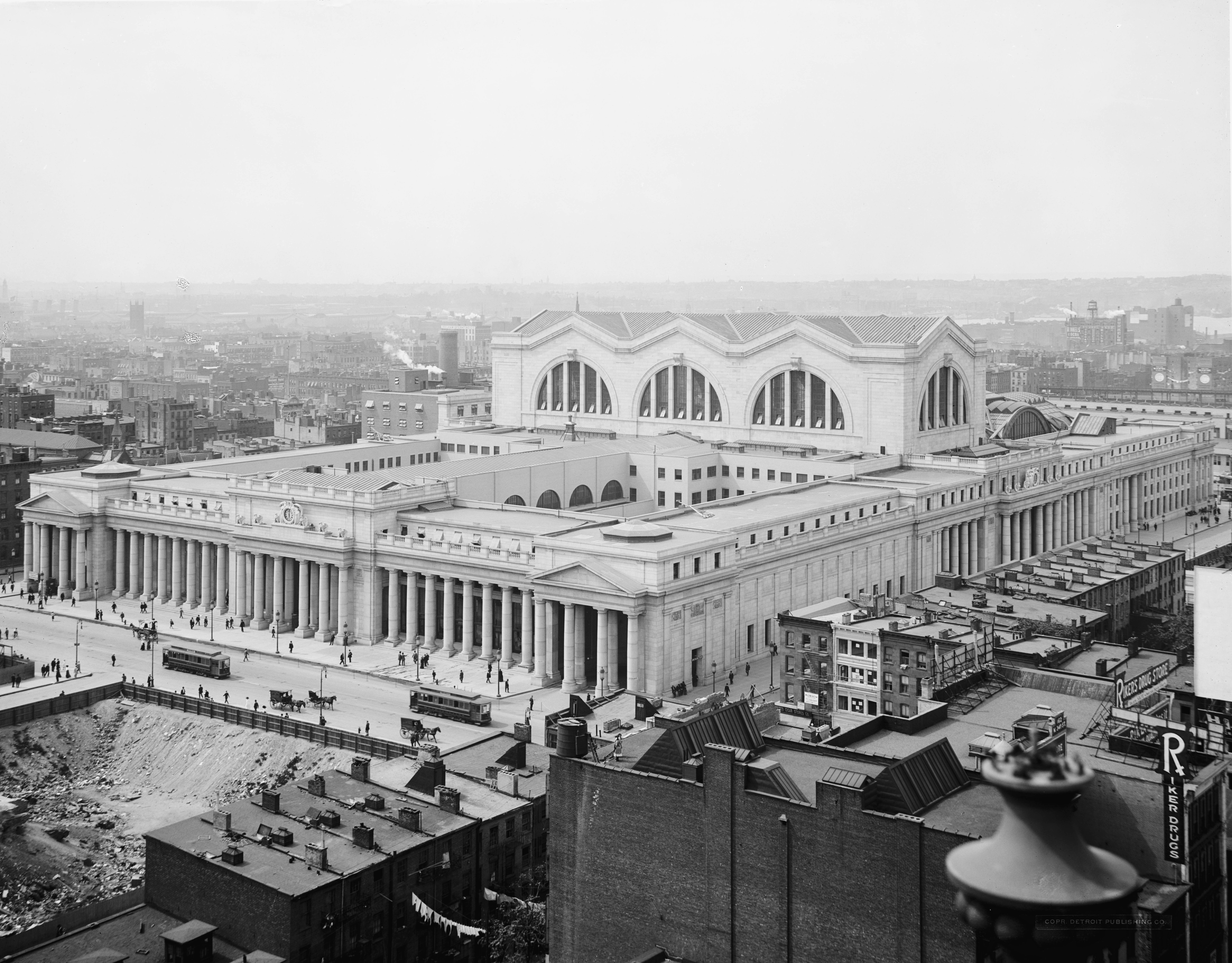
Opened in 1910, the original station offered cathedral light, grand colonnades, and a civic welcome that felt almost ceremonial. By 1963, an arena and office complex promised revenue, so the headhouse and concourses came down while the tracks stayed below. Outrage followed, organized, and hardened into policy. That loss helped birth modern preservation in New York, proving spectacle matters. The city learned that efficiency can be built, but grace, scale, and public pride are harder to replace once they are gone.
Chicago Federal Building, Chicago
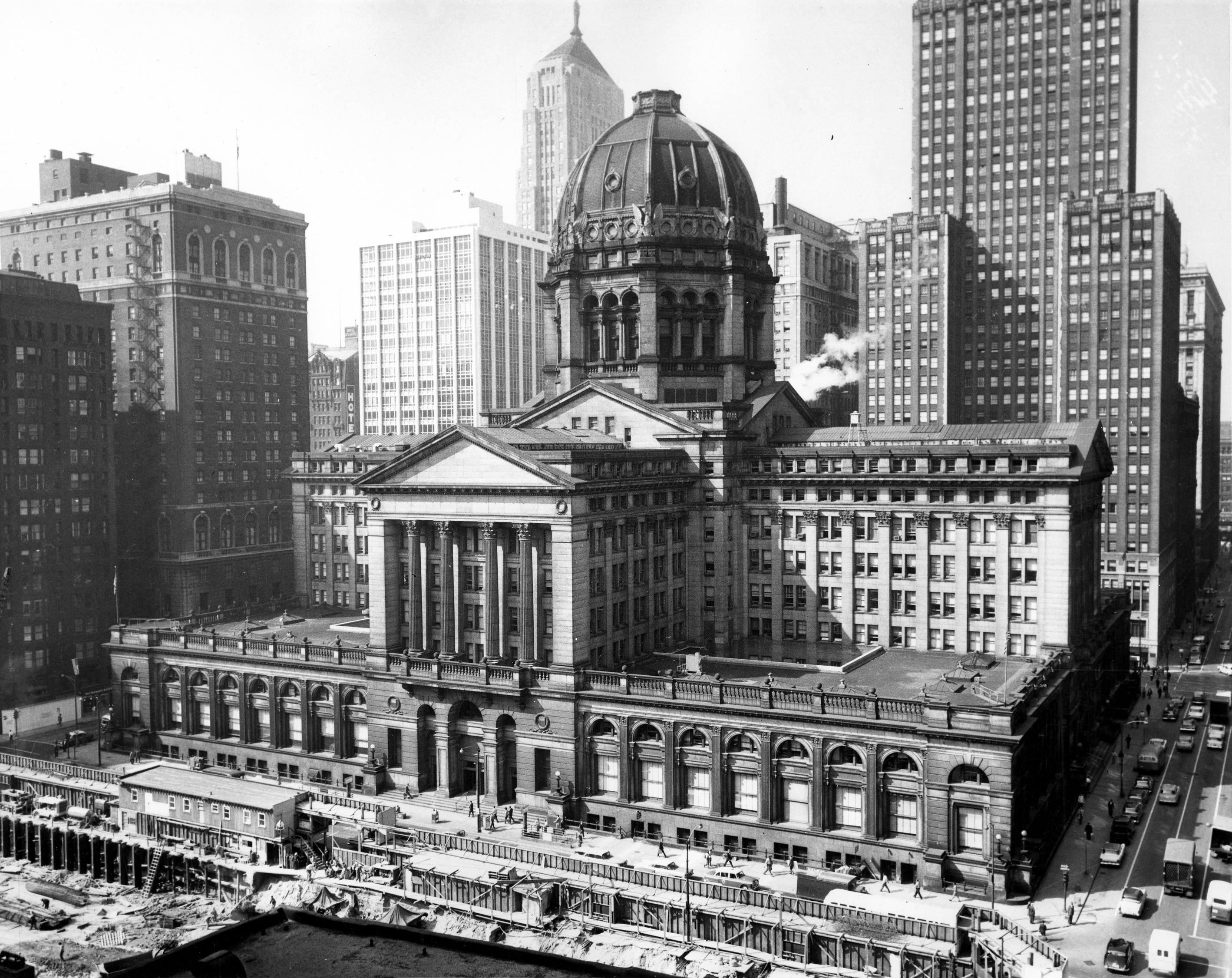
Finished in 1905 with a commanding dome, the federal complex gathered courts and agencies under one roof. Midcentury modernization favored lighter structures, open plazas, and curtain walls. In 1965 it was cleared for the Kluczynski Federal Building, a new language of steel and proportion. The trade favored clarity and maintenance over masonry weight. Chicago kept government at its core, but surrendered a piece of civic theater, exchanging ornamented confidence for a cooler, measured kind of authority on the block.
Prentice Women’s Hospital, Chicago
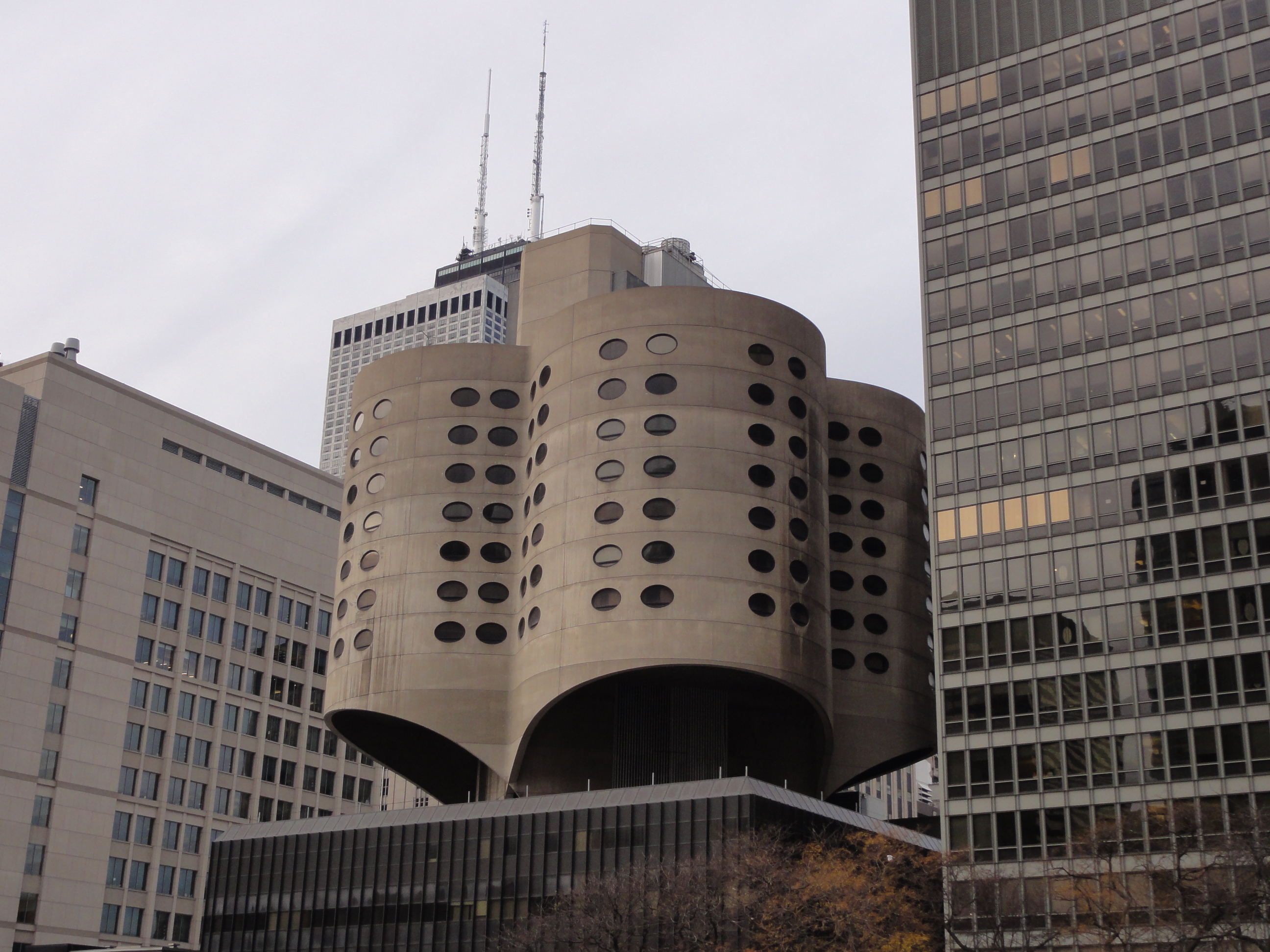
Bertrand Goldberg’s 1975 tower perched four petaled shells on a crisp base, a structural idea and a symbol of medical optimism. Advocates proposed labs or student housing inside its unusual form. In 2013, demolition advanced to make room for a new research facility, citing program fit, timelines, and budgets. The debate outlasted the building and still shapes design culture in the city. Innovation met a harder edge of utility, and the scalpel, not nostalgia, guided the final decision.
Waldorf Astoria Original, New York
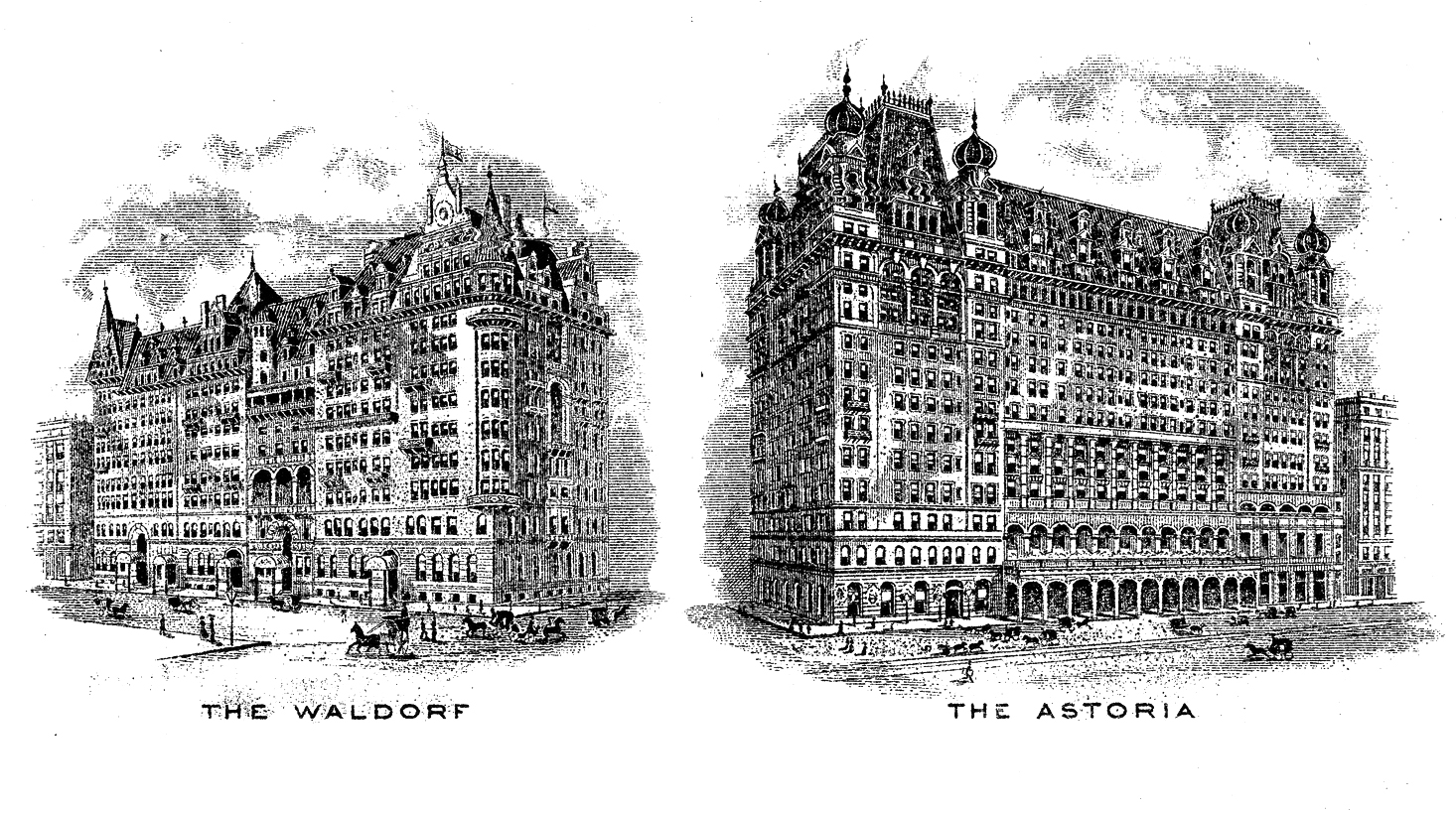
The Fifth Avenue Waldorf Astoria defined society rituals, from Peacock Alley promenades to starry banquets. By 1929, the land under it was worth more than its ballrooms, and taller dreams were ready. Demolition cleared the site, and the Empire State Building rose as a new engine of ambition. The brand moved uptown, the legend adapted, and Midtown traded intimacy for altitude. One grandeur gave way to another, and the skyline became the story that outshone its own origin.
Roxy Theater, New York

Behind a modest exterior, the Roxy held a lavish auditorium, vast stagecraft, and a scale that made movies feel operatic. Television, changing distribution, and redevelopment pressures eroded its numbers. In 1960 it came down for the Taft Hotel expansion and an office project. The fall signaled a wider pattern as movie palaces lost to sharper pencils and new habits. A generation later, the memory reads like a lost promise of shared spectacle at the center of the city.
Cincinnati Public Library Old Main, Cincinnati

Opened in 1874, Old Main organized cast iron stacks around a soaring light well, books climbing like a vertical garden of ideas. With a larger branch built nearby, the site was sold, and in 1955 demolition made way for parking and offices. Locals still circulate the photographs, a kind of civic fable about value that is hard to count. The lesson is plain. Culture without a plan for upkeep becomes a liability, and then an empty rectangle on the map.
Costessey Hall, Norfolk
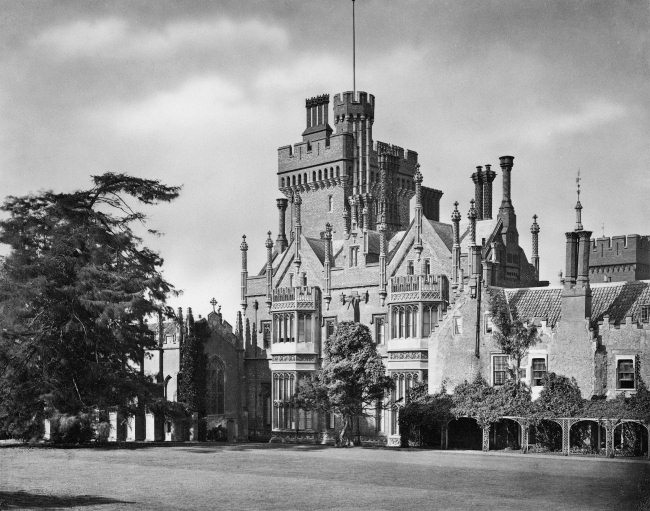
With roots to 1066 and layers added across centuries, Costessey Hall carried English domestic history like rings in a tree. Decline set in, repairs lagged, and by 1925 demolition was deemed unavoidable. The belfry block survives on a golf course, a fragment holding the tune while the rest has gone quiet. Landscapes absorb stories, but fragments can only hum so long. This one reminds visitors that time is not kind to grandeur that loses both patrons and purpose.
Nordbahnhof, Vienna

The Gothic Revival station took heavy wartime damage, then lingered in a Europe rushing to rebuild. Repair was costly, patterns of travel were shifting, and safer, newer systems beckoned. In 1965 the station was removed and the district found other uses. The decision fits a broader postwar logic that prized reliability and speed. Later generations would treasure patina more, but in that moment the future needed a clean slate, and the city accepted a quieter kind of arrival.
Newcastle Town Hall, England
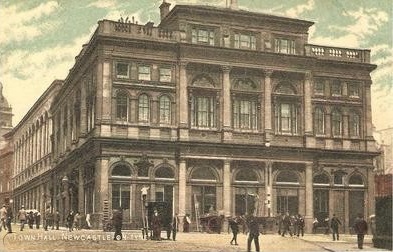
Captured proudly in 1938, the town hall faced decades of hard weather and tight budgets. By the early 1970s, reports cited structural concerns, failing services, and prohibitive costs. In 1973 it was demolished as unfit. The language was practical, the result permanent. When maintenance becomes an afterthought, fate is predictable. Civic rooms that once held vows, arguments, and applause yielded to newer plans, and the city lost a stage where it had once practiced being a community.
Cabaret de Lenfer, Paris
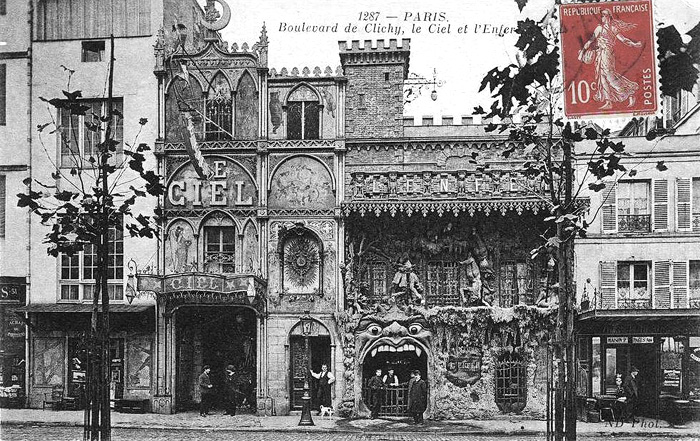
Founded in 1892, the Montmartre venue turned nightlife into theater, with hellfire staging and a wink that made the neighborhood buzz. After the war, retail demanded larger floors and steadier returns. In 1950 the cabaret was leveled for a Monoprix expansion, replacing velvet nights with fluorescent aisles. The shift from show to shelf marks a wider change in city life. Culture that does not pay the rent must be defended, or it will be priced out and packed away.
Great Synagogue of Nuremberg, Germany
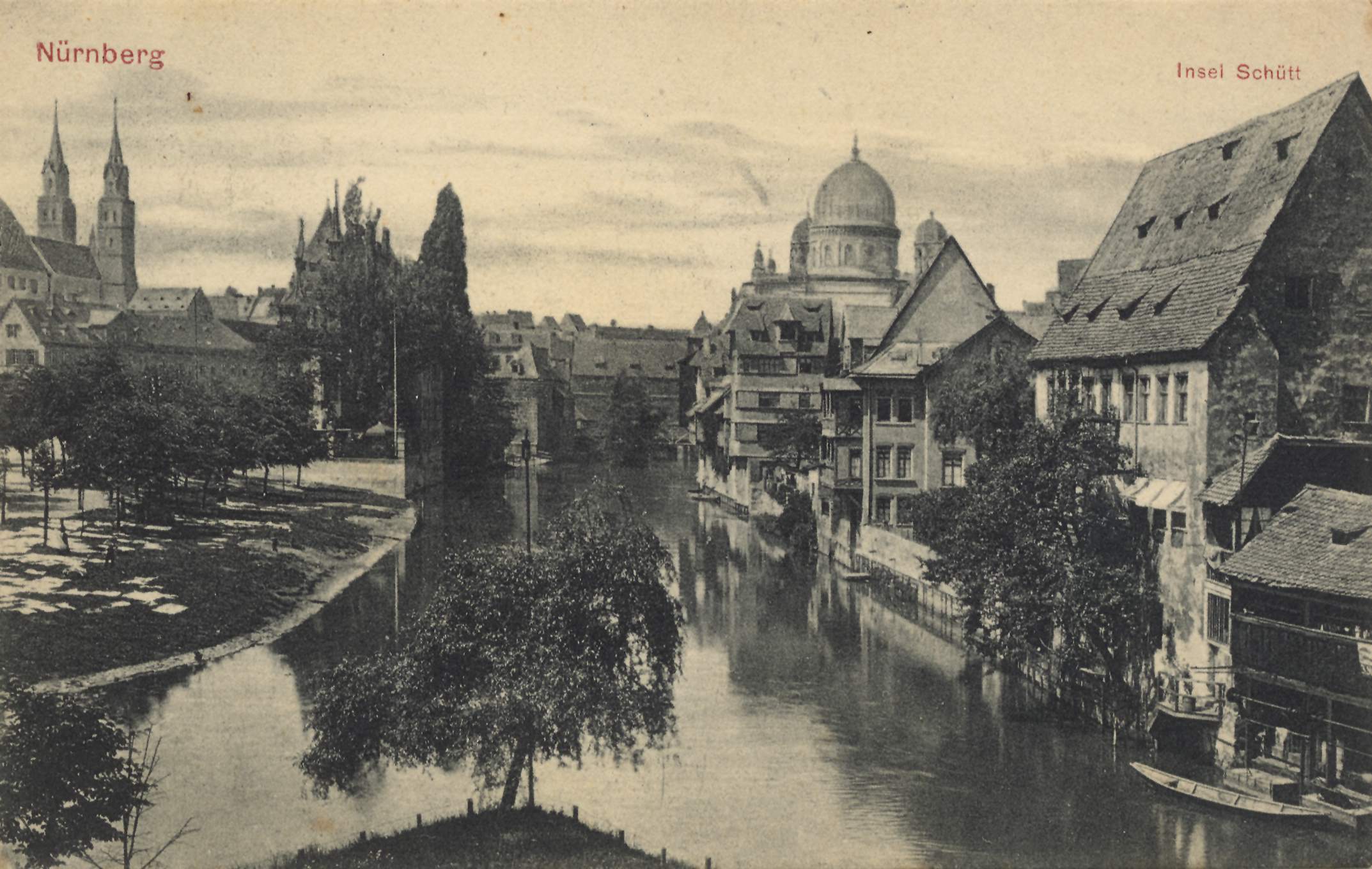
Completed in 1874, the synagogue stood as a civic and spiritual anchor. In 1938, under Nazi rule, authorities ordered its destruction, calling it offensive to their vision. The building fell to hatred, not to cost or safety. The loss is architectural, but more than that, human. Stones can be replaced, communities cannot. Remembering the decision clarifies what was taken and why, and keeps the warning bright for cities that would never want to carry such a stain again.
New York World Building, New York
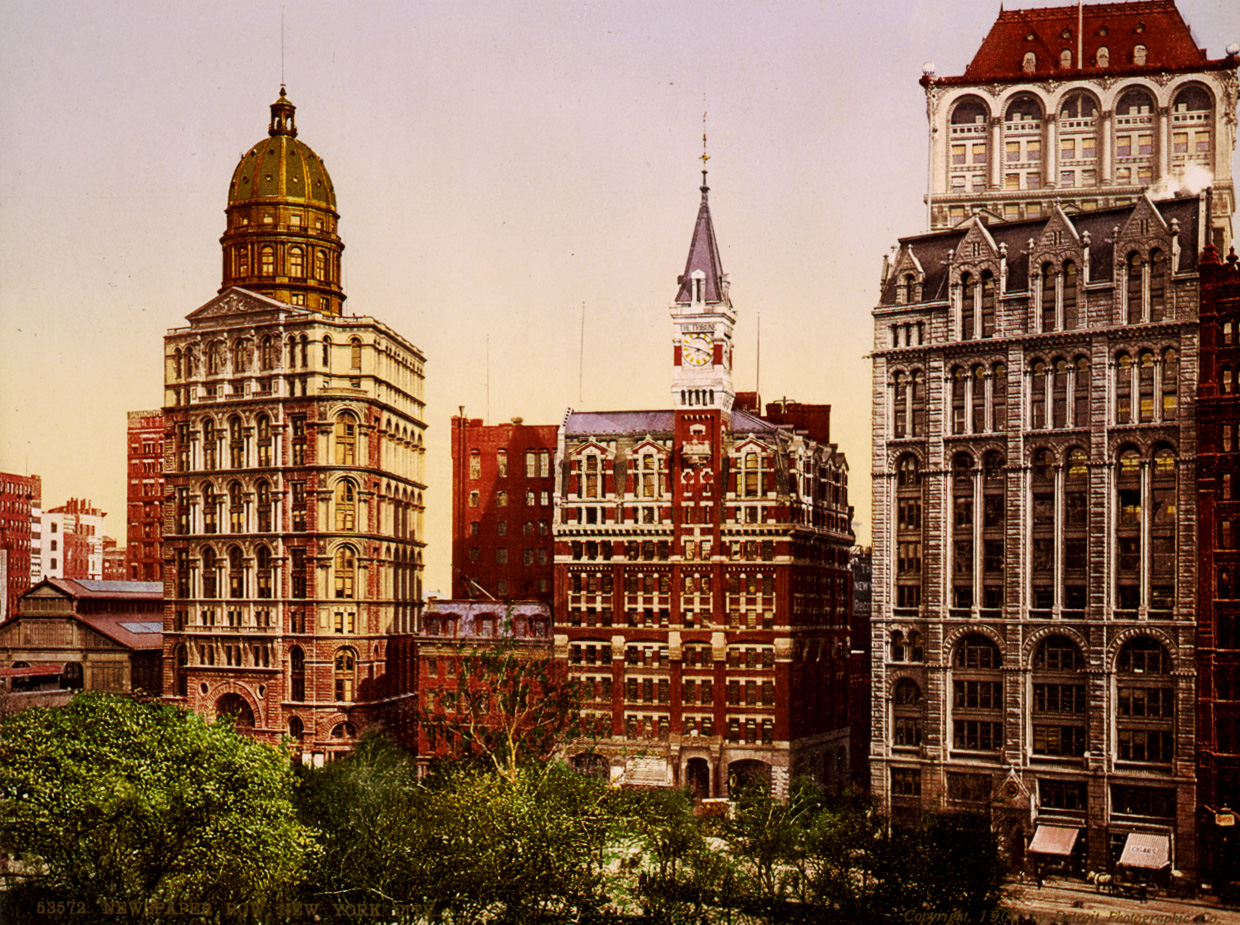
Joseph Pulitzer’s 1890 tower briefly led the city in height, a domed emblem of journalism’s reach. By 1955, traffic plans for a Brooklyn Bridge ramp demanded clearances, and the newsroom landmark was erased for flow and geometry. The swap feels cold, but familiar. Mobility remade downtown, and a singular profile vanished for the logic of lanes. A city that lives by reinvention sometimes edits too fast, and the skyline loses the footnotes that help the story make sense.
Pearl Monument, Bahrain
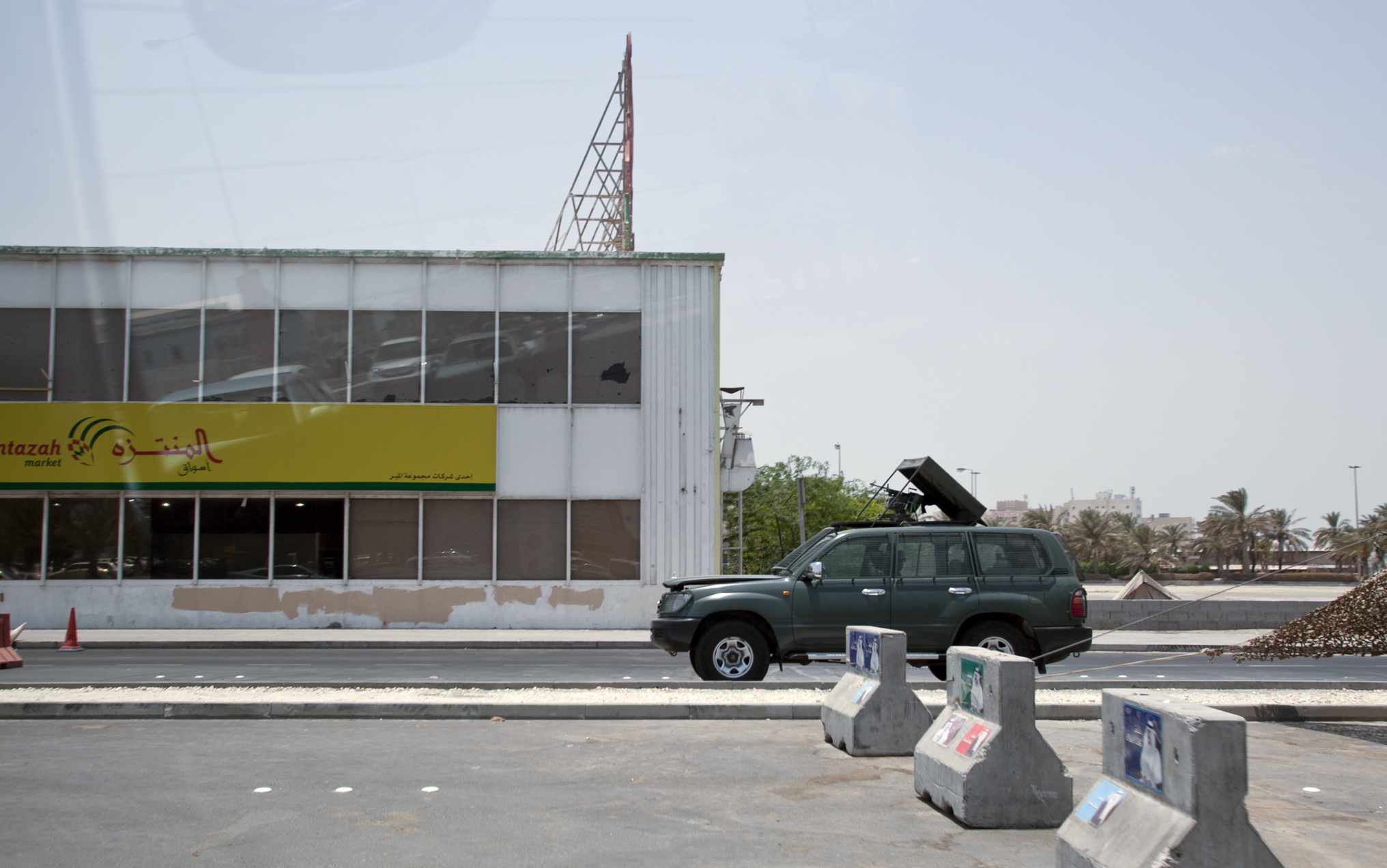
Built in 1982 to mark a Gulf summit, the Pearl Monument became a gathering point during the 2011 uprising. Authorities later removed it, citing desecration and the need to cleanse the site. Demolition turned a circle of protest into a diagram of control, showing how power can redraw memory on command. The structure was not failing, the symbol was. What followed was silence, traffic, and a space that tells a different story by refusing to speak at all.

